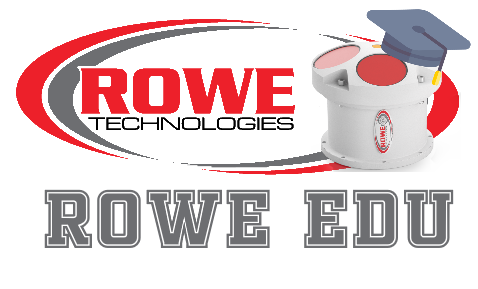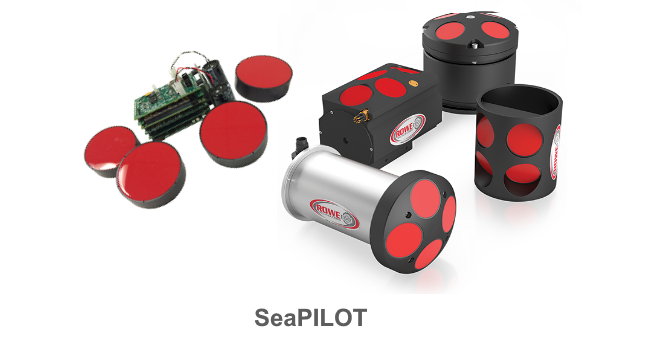 Rowe EDU is a place to learn about ADCPs and DVLs. There will be short tutorials describing a specific subject. The tutorials will include a short video and written documentation to help you understand the topics. The goal of these tutorials is to teach you how to use your ADCPs and DVLs.
Rowe EDU is a place to learn about ADCPs and DVLs. There will be short tutorials describing a specific subject. The tutorials will include a short video and written documentation to help you understand the topics. The goal of these tutorials is to teach you how to use your ADCPs and DVLs.
I have done this training around the world and get requests to do this training in a customer's facility. With the world now changing with travel, this is my way to offer this training to everyone. I also get questions everyday from ADCP users. Instead of just answering one person, the answer can be shared with everyone in one location.
I will be available on weekdays at 11AM PST and 11PM PST on a Discord channel created to answer any questions about your ADCP or DVL. Stop by, hang out and ask a question. Ask a question about any ADCP from any manufacture. The concepts are all the same. Click the Discord button below to join the chat. This may lead to other formal live training sessions or question and answer sessions. If you need help not at these times, you can always click on the "We're Online" button in the bottom right corner of the website. This will call me instantly.
The tutorials are not in order, so you can bounce around subjects. I link to required information in each tutorial if previous knowledge is needed.I will be posting new matarial periodically. You can get notification of a new topic by subscribing to our Twitter or YouTube channel. If you have a suggestion for a topic, please request it in our Discord channel or email me. This is also helpful information about ADCPs and DVLs on our WIKI page.
ADCP and DVL Application Summary
General Acoustic Doppler Current Profilers (ADCP) are hydro-acoustic instruments that are used to measure water velocities or currents over a specific range or water depth. ADCPs utilize the Doppler effect to measure water velocity in discrete layers – essentially sending a sound signal of a specific frequency into the water column and measuring the sound signal return. The change in return frequency is proportional to the water velocity. ADCPs can be deployed many ways, up-looking, down-looking and side-looking.
Water Profile
A water profile measurement is a profile of a water column that gives the direction and speed of the water currents. This will give you an overview of how an Water Profile is measured and how to handle the raw data so that you can plot it yourself.
DVL Navigation
Typically a DVL (Doppler Velocity Logger) is used in 2 different types of navigation: Dead Reckoning Navigation and DVL-Aided INS Navigation. Dead Reckoning relies on the DVL for velocity, time and range to maintain a position. A DVL-Aided INS relies on the DVL to maintain position and account for drift.
Deploy Your ADCP
Use Prediction Model to create a configuration Load the configuration to ADCP Start pinging and recording in the ADCP Set the ADCP free Prediction Model Use the Prediction Model Software to create a configuration file. 1. Set the Deployment Duration, CEI and CWS. Deployment Duration is the number of days in your deployment. If you are configuring a realtime system, you can leave this at 1 day..
ADCP QUICKSTART
Introduction An ADCP can be powered by external power or powered by an internal battery. The ADCP can record internally or record to a PC and the data can be viewed live. The ADCP data can be viewed with the software Pulse. Connections Underwater Connector Connect the underwater connect to the ADCP. Verify the orientation of the rubber connector onto the pins. Then rotate the locking sleeve on the connector to lock the underwater connector to the ADCP.

DVL 101
Background Doppler Velocity Logs (DVLs) have been an industry standard for underwater navigation for a number of year now. Whether the vehicle is a Remotely Operated Vehicle (ROV), Autonomous Underwater Vehicle (AUV), Unmanned Underwater Vehicle (UUV) or manned vehicles such as submarines, DVLs are used to determine underwater position to navigate. Work-class ROVs have become a mainstay in the Oil and Gas market allowing for work such as opening and closing valves and conducting surveys to be done deep below the sea surface.

